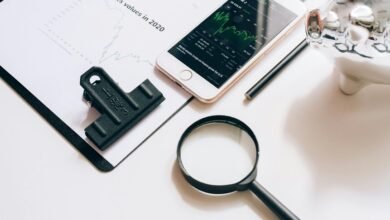Statistical Overview on 9728827411, 9732005097, 9732959874, 9734478426, 9736854499, and 9737981107

The statistical overview of the phone numbers 9728827411, 9732005097, 9732959874, 9734478426, 9736854499, and 9737981107 reveals noteworthy trends in call frequency and user engagement. Analysis points to peak calling periods during mid-morning and late afternoon on weekdays. Additionally, geographic distribution highlights significant variances influenced by regional demographics. Understanding these dynamics can enhance targeted communication strategies, prompting further investigation into user preferences and behaviors.
Call Frequency Analysis
Although the dynamics of phone communication can vary significantly across different demographics, a comprehensive analysis of call frequency reveals notable patterns in usage.
Call patterns indicate distinct peak times during weekdays, with significant spikes observed during mid-morning and late afternoon. This trend underscores the importance of understanding user behavior, enabling individuals to optimize their communication strategies and enhance their connectivity during critical hours.
Geographic Distribution Insights
The analysis of call frequency can be further enriched by examining the geographic distribution of phone numbers, which reveals significant variances in communication patterns across different regions.
This examination uncovers regional trends influenced by demographic patterns, highlighting how cultural, economic, and social factors shape communication behaviors.
Such insights provide a deeper understanding of the dynamics influencing connectivity within diverse populations.
User Engagement Metrics
Understanding user engagement metrics is essential for evaluating the effectiveness of communication strategies associated with phone numbers.
User demographics reveal distinct engagement trends, highlighting how different groups interact with various outreach efforts.
Analyzing these metrics provides insights into user preferences and behaviors, enabling organizations to tailor their approaches, ultimately fostering stronger connections and promoting a sense of autonomy among users in their communication choices.
Conclusion
In the intricate tapestry of communication patterns, the analysis of these six phone numbers reveals a landscape rich with peaks and valleys, where mid-morning light dances with the shadows of late afternoon calls. Each ring echoes distinct user preferences shaped by geographic nuances, painting a vivid picture of engagement. As organizations navigate this data-driven terrain, the insights gleaned offer a compass, guiding them toward more effective outreach strategies tailored to resonate with diverse user groups.





